

THE GREAT RACE
THE STORY OF THE CHINESE ZODIAC
BY REIKO HO
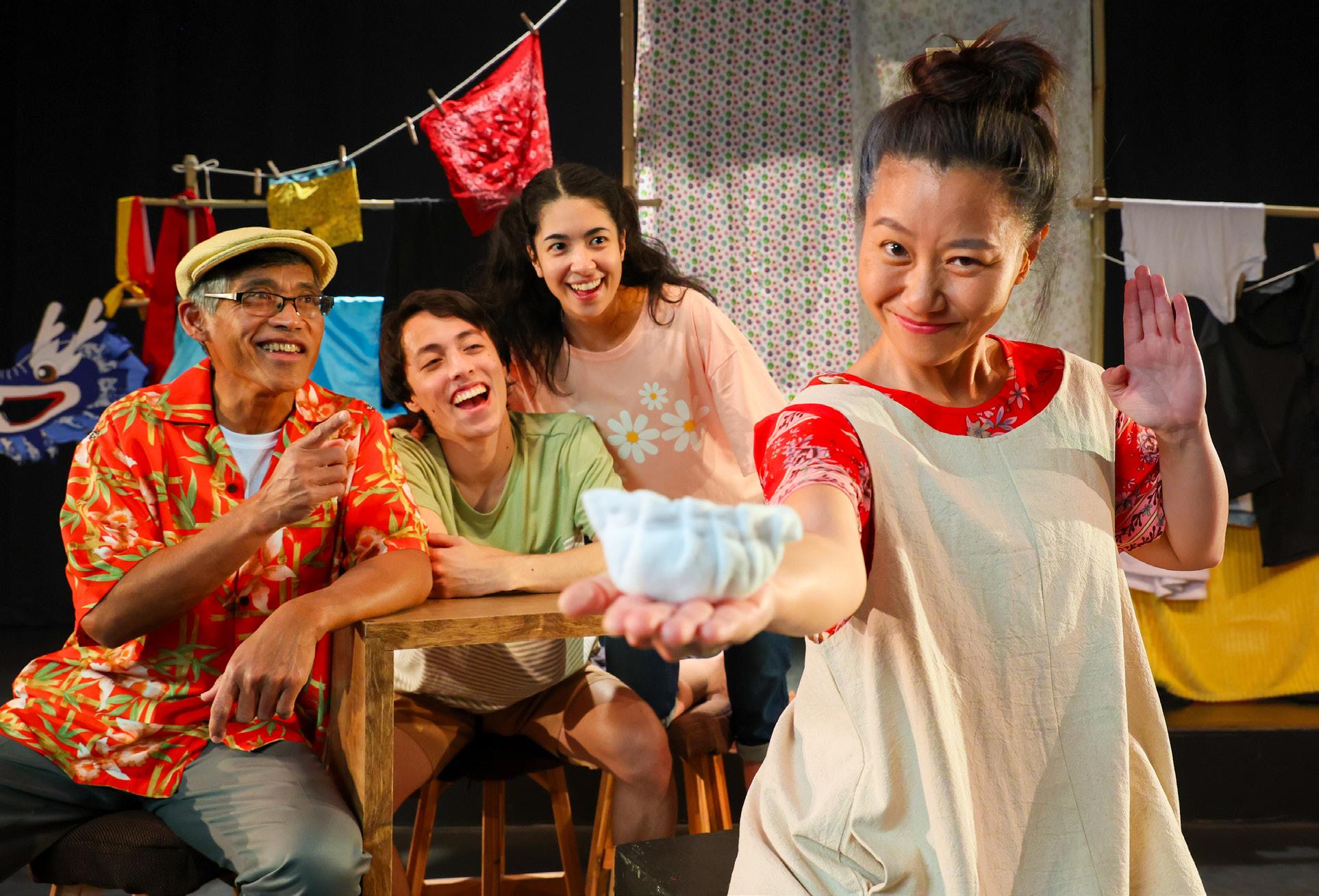
ALOHA FROM ARTISTIC DIRECTOR, ERIC JOHNSON
Aloha and welcome to Honolulu Theatre for Youth! We are delighted to share these resources with you. We believe wholeheartedly in the power of stories to bring us together across time and distance. When that happens we often find great similarities with our fellow humans that strengthen our sense of belonging, heritage and shared purpose. We also find profound differences which should be equally celebrated. Differences stretch our sense of self and tickle our curiosity for what is possible. Coming from a place that is both geographically remote and culturally diverse, we treasure stories in our community and are deeply honored to share this one with you now. If you would like more information on the company or our work, look us up at htyweb.org.

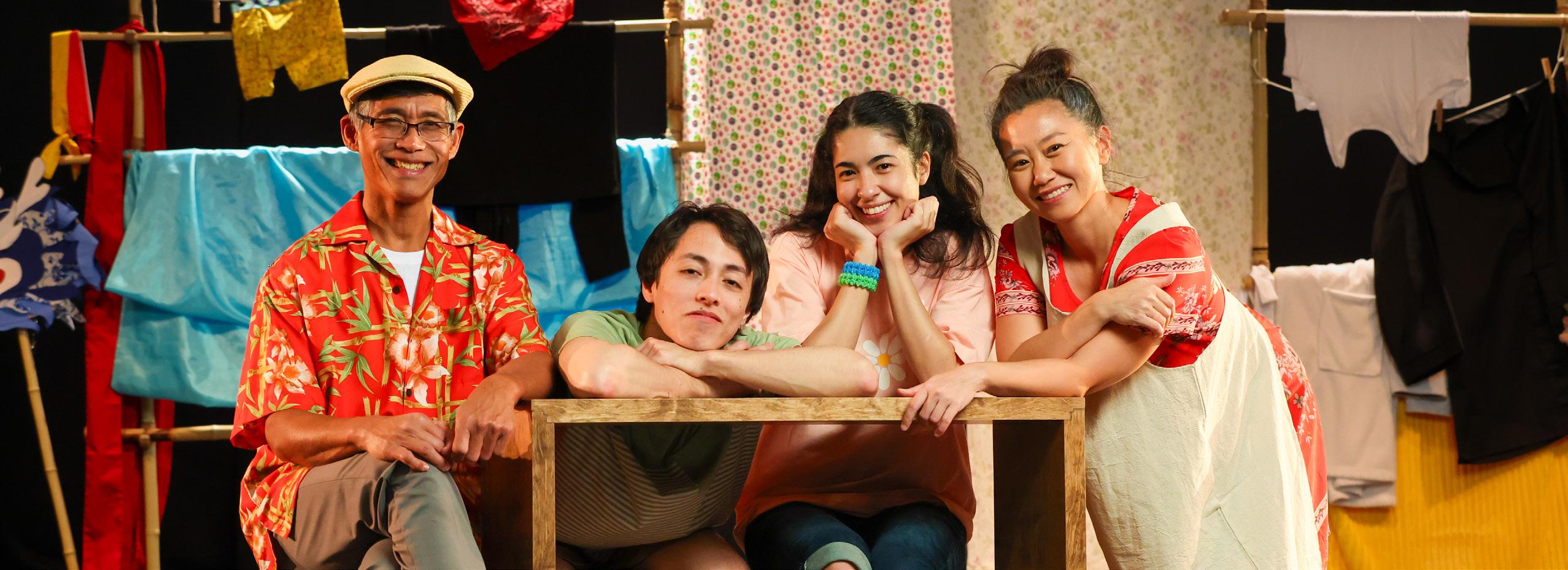
OUR PARTNERS
We have been fortunate to work with generous partners and funders on the creation of this project.
National Endowment for the Arts (NEA)
The Clarence T C Ching Foundation
The Freeman Foundation
The Gee Hing Chinese Charitable Trust
Samuel N. & Mary Castle Foundation
PRODUCTION CREDITS
Written and Directed by Reiko Ho
Set Design by Chesley Cannon
Costume Design by Iris Kim
Prop Design by Eric West
Iris Kim
Lyrics for Boat-Building Haozi
Devised by
Serina Dunham
Mattea Mazzella
Hermenigildo Tesoro, Jr.
Study Guide by Reiko Ho
Performed by
Serina Dunham
Eun Ho Lee
Mattea Mazzella
Hermenigildo Tesoro, Jr.
Lion Dance Consultants
Hawaii Lion Dance Association: Denton Chun
Brandon Lee
Ricky Lee
Kung Fu Consultants
Ninja Monkeys: Grant Miyashiro
Chad Okumura
Kevin Won

SHOW SYNOPSIS
Join our characters, Po Po and Kung Kung, as they celebrate Chinese New Year by making dumplings and sharing the story of The Great Race with their grandkids, Freddie and Ivy.
The show weaves a family celebration with a retelling of one of the most beloved tales in Chinese folklore-- the origin story of the Chinese Zodiac. Learn how each animal earned its place in the Chinese Zodiac.
When the Jade Emperor needs a way to tell time, he decrees that there will be a Great Race. The first twelve animals to cross the mighty river will have a year named after them. This 12-year cycle will mark the passage of time. Which animals win the race? What are the traits that help them cross the river?
The show features traditional Chinese movement, music, and martial arts.
NOTE FROM PLAYWRIGHT/DIRECTOR REIKO HO

Storytelling (Pingshu) is an important part of Chinese culture and a means of keeping traditions alive. Celebrating Chinese New Year, watching lion dances, eating traditional foods and listening to stories are all memorable parts of growing up in Hawaii. As a fourth generation Chinese American, born and raised in Hawaii, stories like THE GREAT RACE are part of my childhood memories and the legacy left by my Chinese great grandparents who immigrated to Hawaiʻi to work on plantations.
I hope this play is not only how I pass on this story to a new generation, but part of the healing we are still doing after the terrible Asian-hate during the pandemic. The Chinese in America have a complicated and often dark history. Growing up in Hawai’i has taught me that healing starts with aloha and delight in one another’s cultures. Stories connect us all.
This story celebrates being Chinese. I tell it with joy and aloha.
ABOUT THE GREAT RACE
There are many versions of this beloved folktale that explain the origin of the 12-year cycle in the Chinese lunar calendar. No one knows the exact date that the zodiac was created, but the zodiac animals were officially documented during the Han Dynasty [206 B.C.–9 A.D.], which was over 2000 years ago!
Some versions of the story say that the Jade Emperor, who was the monarch of all deities in the Chinese pantheon, called a race of animals on his birthday. The first twelve animals to finish the race across the mighty river would have a year named after them. The cycle of twelve years would become a way for people to measure time. Other variations say that it was Buddha who invited the animals.
Each animal crosses the river in its own way. Some use brute strength, others rely on their cleverness, and some work together. These traits are also thought to define people born in that year.
(In the order that they cross the river)
Rat Quick-witted, resourceful, and persuasive
Ox Patient, kind, steady, and reliable
Tiger Fierce, courageous, and adventurous
Rabbit Elegant, compassionate, and sincere
Dragon Fearless, warm-hearted, and wise
Snake Clever, mysterious, and thoughtful
Horse Energetic, free-spirited, and intelligent
Sheep Mild-mannered, kind, and peace-loving
Monkey Creative, lively, and charming
Rooster Ambitious, meticulous, and smart
Dog Honest, loyal, and considerate Boar Generous, gentle, and optimistic
Of note: There is no cat in the Chinese zodiac.
The story goes that Rat and Cat were once friends. These two were the worst swimmers in the animal kingdom, but the generous ox agreed to carry them across the river. However, the rat was so eager to win that he pushed the cat into the water; thus the cat never forgave the rat, and wasn’t included in the race. Other variations of the story say that the rat just never told the cat about the race and so the cat did not even compete at all.

CHINESE NEW YEAR HISTORY
Chinese New Year or the Spring Festival commemorates the beginning of a new year on the traditional lunisolar Chinese calendar and has been observed in China for thousands of years. The festival celebrates the end of winter and the beginning of spring and lasts 15 days starting on the first day of the new moon that appears between January 21st and February 20th. Chinese New Year is one of the most important holidays in Chinese culture. Although it originated in China, it is celebrated throughout Asia and Asian communities thoughout the world and is referred to, collectively, as “Lunar New Year.”
CHINESE NEW YEAR TRADITIONS
The New Year celebration is centered around ushering out the old year and welcoming the in new and the good. It is a time to celebrate ancestors and gather with family. The family reunion is one of the most important traditions during Chinese New Year.
Food is an essential part of family gatherings at New Year. Lucky foods such as dumplings, noodles, fish, and traditional sweets are enjoyed as part of the New Year meal. A “must eat” for Chinese New Year is dumplings! Dumplings represent wealth and prosperity as they resemble old Chinese money pouches or ingots. It is a tradition for many families, like the one in our play, to make dumplings together to celebrate Chinese New Year.
Firecrackers and Lion Dances dispel evil spirits and the color red is worn as a symbol of good fortune and prosperity. Children often receive red packets or licee. These are filled with money and symbolize good wishes and luck for the new year ahead.

Our show is filled with references and inspiration from traditional Chinese theater, music, and movement styles.

Jingju or Beijing Opera is a genre of classical Chinese theater, xiqu, that emerged in the late 18th and early 19th centuries during the Qing dynasty. It combines music, singing, pantomime, dance, martial arts, and acrobatics.
Performers are trained into four main role types and subsets of these types. The performers are the only focal points in Jingjuʻs almost bare stage. Dressed in elaborate costumes, they use speech, song, dance, combat, and props in movements that are symbolic and suggestive- actively engaging the audience’s use of imagination.
Photo: Wikimedia Commons
Lion Dance -or mou si in Cantonese- is a a traditional Chinese dance performed during Chinese New Year or other important occasions for good luck. Lion Dancers are trained Kungfu martial artists, usually part of a martial arts school, who work in pairs to create the movement and character of each Lion. Dancers are accompanied by live music on drums, cymbals, and gongs. The lion dancers are trained to improvise, respond, and even interact with the crowd. During Chinese New Year celebrations, lions will “eat” li cee, traditional red envelopes filled with money, from the hands of onlookers.
Photo: Wikimedia Commons
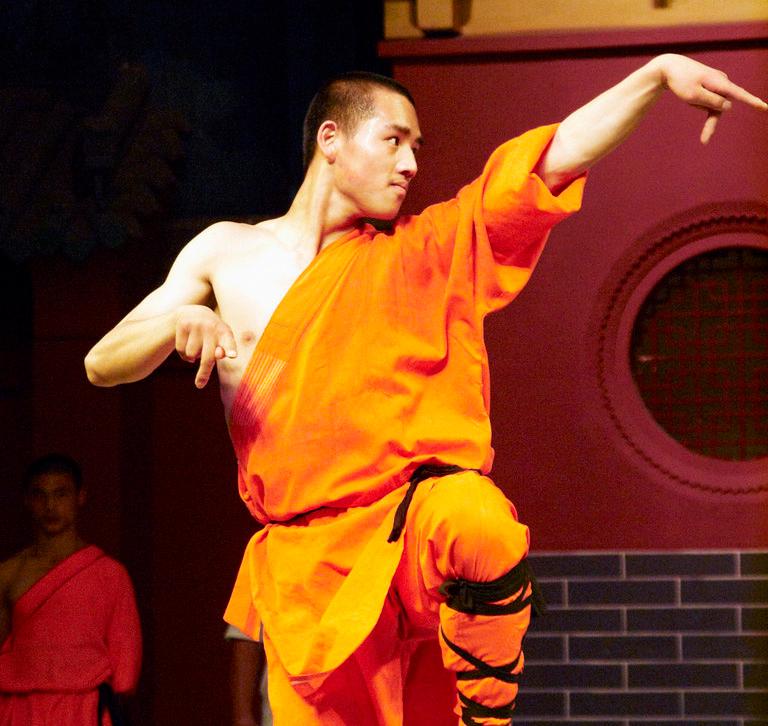

Kung fu refers to Chinese martial arts also called wushu and quanfa. There are many forms of kung fu, such as Shaolin kung fu, Wing Chun, and tai chi, and they are practiced all over the world. In our show, there are references to Shaolin animal style kung fu and drunken tai chi.
Photo: “Art of Shaolin Kung Fu” by kevinpoh, Creative Commons
The Haozi of the Yangtze Boatmen are working songs sung by the boatmen on the Yangtze River or Chuanjiang. These songs were led by the helmsman as the main singer and and characterized by a repetitive tempo that helped to unify the boatmen’s rowing rhythm. Many scholars believe that there have been haozi as long as there have been boats on the Chuanjiang--as early as the Warring States Period (475-221 BC) or even earlier. In our play, Monkey, Rooster, and Sheep sing an original haozi while building a boat to cross the river.
GLOSSARY OF TERMS FOR LUCKY FOODS IN THE SHOW
Our show features a few terms in Cantonese for lucky foods that are eaten for New Year.

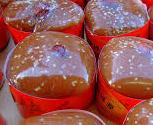
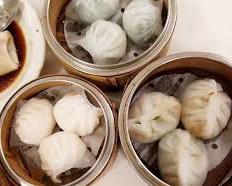

jian dui
Fried Sesame Balls, also known as Jian Dui, are a classic Chinese dessert traditionally served during Lunar New Year. The crisp, chewy pastries are made with glutinous rice flour filled with sweet red bean paste.
nian gao
New Year cake. (In Hawaiʻi, we often shorten the term and just say, “gao.”) It is a steamed rice cake made of glutinous rice flour and brown sugar. It symbolizes progress, advancement, and growth.
gaau ji (“jaozi” in Mandarin)
Dumplings. Gaau ji are one of the major dishes eaten during the Chinese New Year. They resemble the gold and silver ingots (sycee) used in Imperial China and symbolize wealth and good fortune. There are many varieties of dumplings.
Translates literally to “touch the heart”, and is the term used to designate the small food items that accompanied tea. Refers to a large array of small dishes (including dumplings) in Cantonese cuisine often eaten for brunch.
dim sum
BOOKS FOR THE CLASSROOM


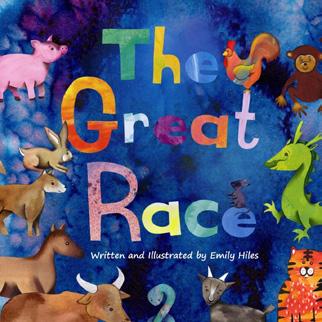
• The Great Race: Story of the Chinese Zodiac (Simplified Chinese, English, Pinyin) By Ling Lee, Eric Lee, Rachel Foo (Artist)
• The Great Race: The Story of the Chinese Zodiac Written and Illustrated by Emily Hiles
• The Great Race: The Story of the Chinese Zodiac By Christopher Corr
• Ruby’s Chinese New Year Written by Vickie Lee, Illustrated by Joey Chou
• Playing with Lanterns By Wang Yage (Author), Zhu Chengliang (Illustrator), Helen Wang (Translator)
VIDEOS
• Zodiac Origin Story | The Story of the Great Race for Kids! https://youtu.be/jGEMKmWuTrc?si=fiQbuFQKDtorDdOP
• The Great Race: The Story of the Chinese Zodiac Book by Christopher Corr
(Read aloud by 5 year old Riko from Rikoʻs Reading Room) https://youtu.be/OQPrv_ZaEcw?si=lC2Pgxp0QflXdxct
• The myth behind the Chinese zodiac - Megan Campisi and Pen-Pen Chen
This TED-Ed lesson features excellent Mandarin pronounciation of terms and explanation of the zodiac story and system with accompanying activities in the link in the youtube bio. https://youtu.be/may2s9j4RLk?si=QShD922hBgI3ydgq
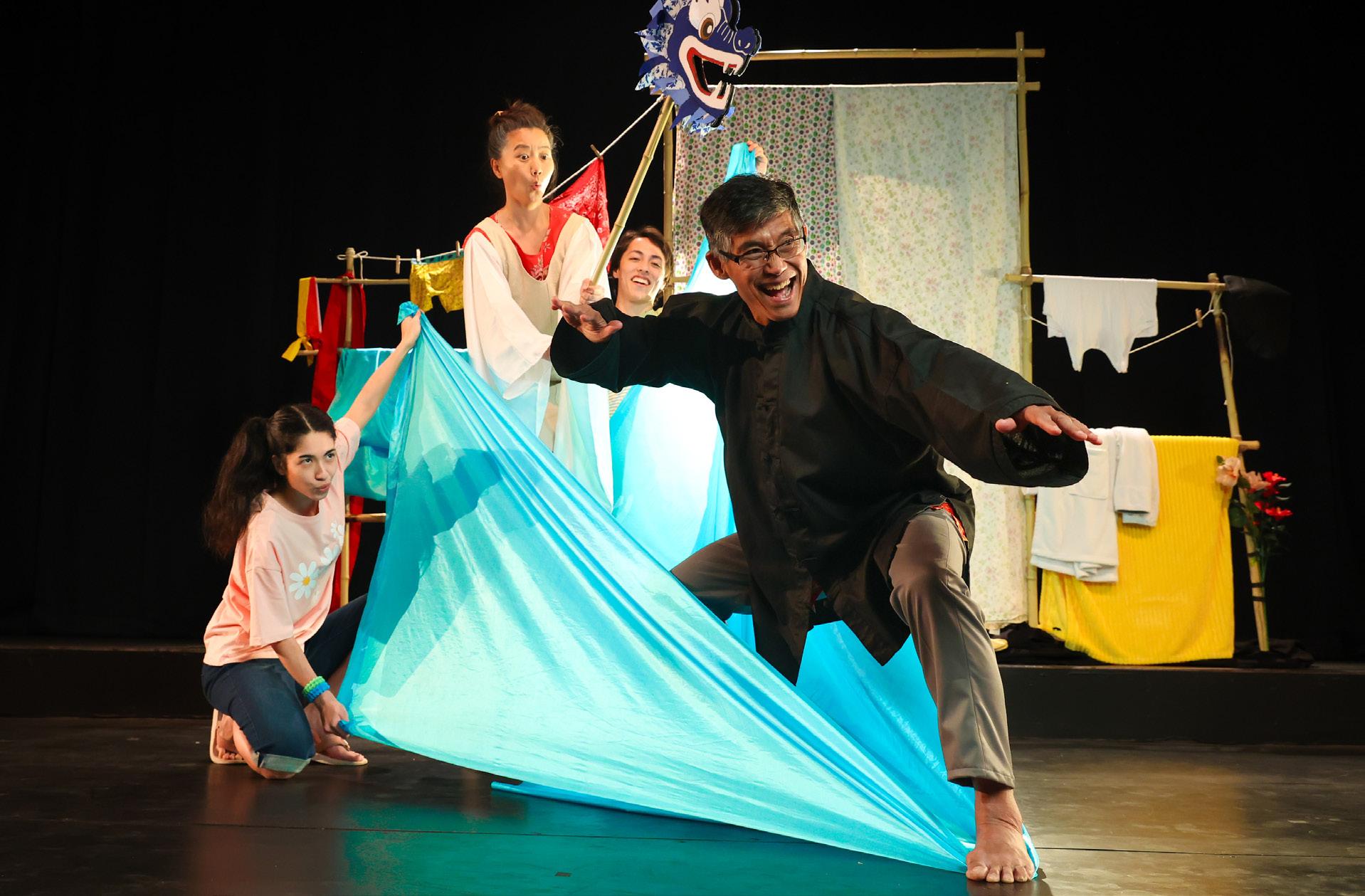
POST SHOW DISCUSSION
WHAT IS A TRADITION?
ARE THERE CUSTOMS, VALUES, OR PRACTICES THAT YOU FOLLOW FROM YOUR CULTURE?
WHAT ARE SOME OF THE TRADITIONS YOU AND YOUR FAMILY DO TO CELEBRATE THE NEW YEAR?
HOW DO THE DIFFERENT ANIMALS CROSS THE RIVER? WHAT TRAITS HELPED THEM TO GET ACROSS?
SHARING STORIES IS AN IMPORTANT CHINESE TRADITION.
WHAT ARE SOME STORIES FROM YOUR OWN CULTURE THAT YOU COULD SHARE?
TEACHER NARRATED STORY – ACTING OUT
Storytelling is an important part of Chinese culture. In this play, our characters act out the story of The Great Race as a family. Children love pretending to be a part of stories they hear. Choose a simple story with lots of action, read it and then guide your students to act out the characters and action as you tell it.
STEP 1 Choose a story and read it aloud to your class.
STEP 2 Prepare your students.
Assign characters to different students for them to act out or have them act out the actions of the story as a whole group or small groups. Multiple students may play a single character together, if desired, which may make it a little easier for the littlest ones.
STEP 3 Prompts for Students
a. “I will tell the story and you will act out the action.”
b. “If I stop, please help me speak like the character, adding what the character might say.”
c. “How can you show what the characters look and act like?”
STEP 4 Narrate the story
Allow the students to creatively improvise and perform the actions of the story as you narrate. Validate and note strong choices made by students as they enact the story and encourage students to add details that show the actions and reactions of their character.
STEP 5 If time, go through the story again
Encourage more detailed exploration of the story and characters. Ask students to suggest other lines of dialogue that the characters might say.
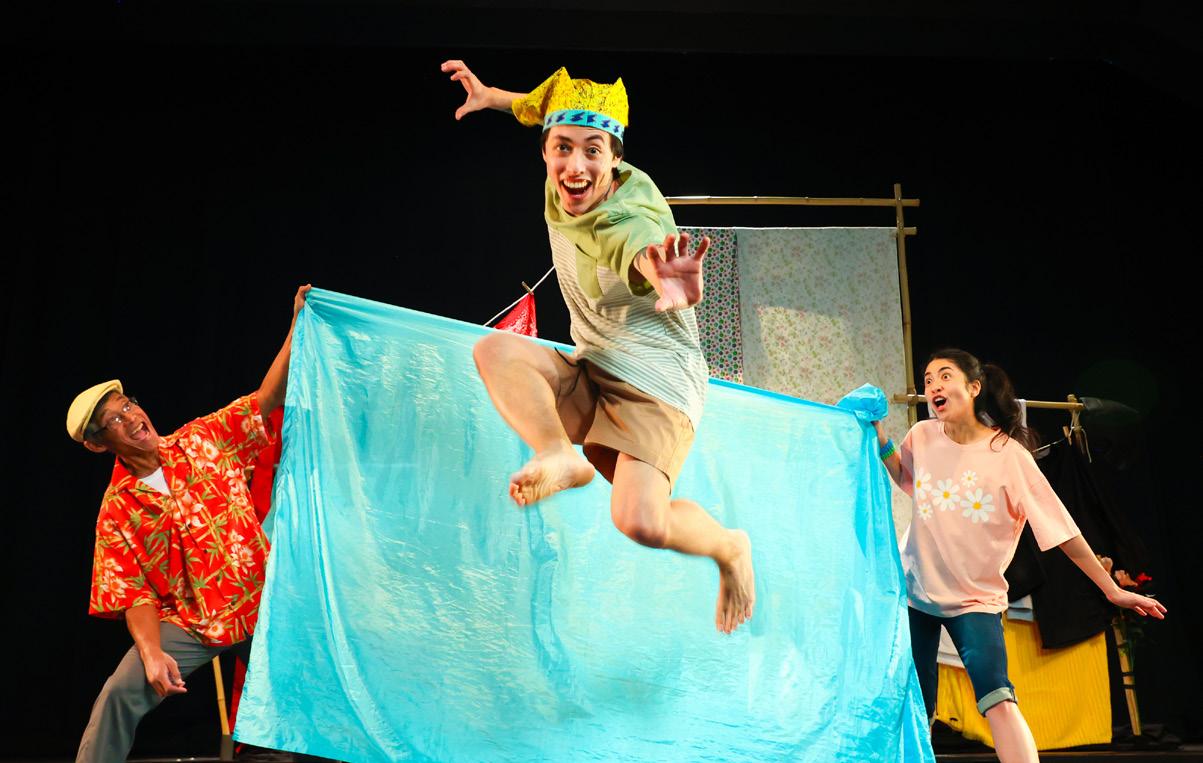
WHAT IS YOUR ZODIAC ANIMAL?
Do you know what zodiac animal you are?
Use the chart below to find out what animal you and your students are.
Note: The first day of Chinese New Year begins on the new moon that appears between 21 January and 20 February. Students born in January or February may not be the same animal year as students born later in the year.
See list of Lunar New Year dates for reference below the chart.
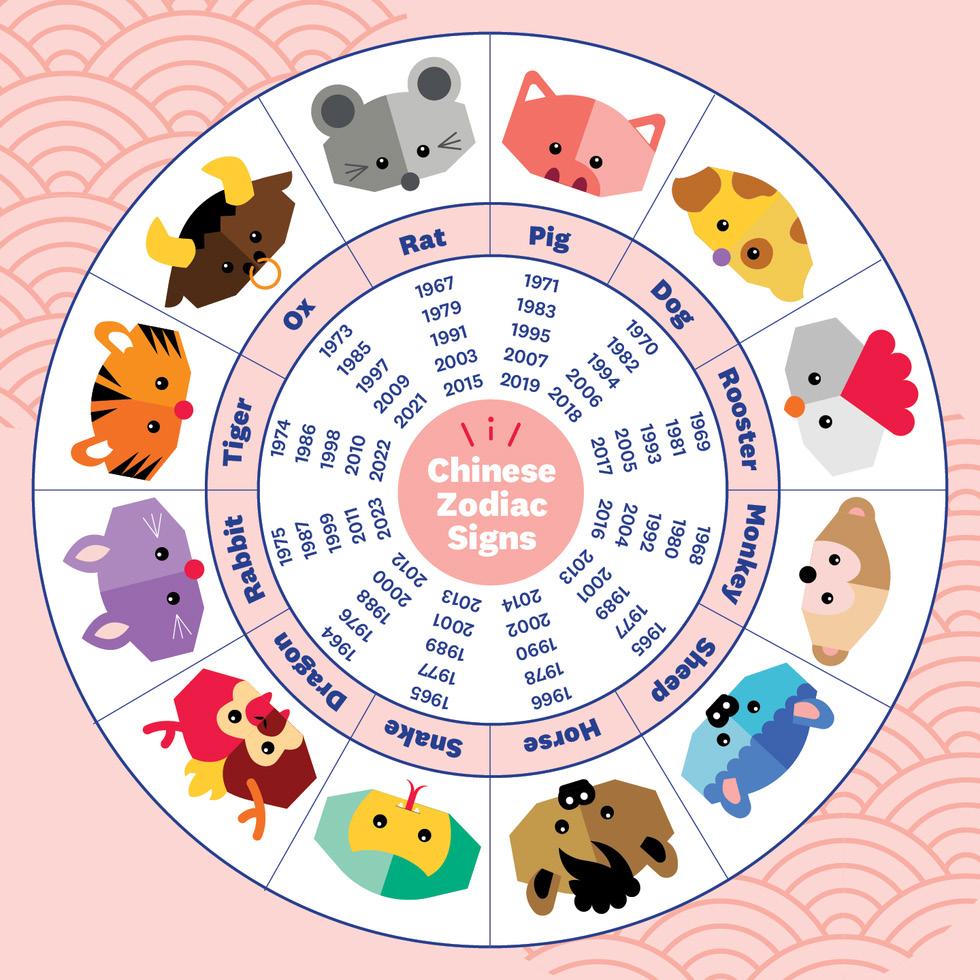
Lunar New Year Dates
2012 2012-01-23
2013 2013-02-10
2014 2014-01-31
Dragon (2012-01-23—2013-02-09)
Snake (2013-02-10—2014-01-30)
Horse (2014-01-31—2015-02-18)
2015 2015-02-19 Sheep (2015-02-19—2016-02-07)
2016 2016-02-08 Monkey (2016-02-08—2017-01-27)
2017 2017-01-28
2018 2018-02-16
Chicken (2017-01-28—2018-02-15)
Dog (2018-02-16—2019-02-04)
2019 2019-02-05 Pig (2019-02-05—2020-01-24)
2020 2020-01-25 Rat (2020-01-25—2021-02-11)
2021 2021-02-12
Ox (2021-02-12—2022-01-31)
2022 2022-02-01 Tiger (2022-02-01—2023-01-21)
2023 2023-01-22
2024 2024-02-10
Rabbit (2023-01-22—2024-02-09)
Dragon (2024-02-10—2025-01-28)
WHAT IS YOUR ZODIAC ANIMAL?
My birthday is on ____________________________________________.
I am born in the year of the ____________________________________.
Draw a picture of your Chinese Zodiac animal.

ABOUT HTY
Honolulu Theatre for Youth (HTY) is a theatre of place, deeply rooted in the cultures and people of the Pacific and dedicated to serving young people, families and educators across the Hawaiian Islands. Founded in 1955, HTY is one of the oldest professional TYA companies in the country and is recognized for its long history of innovative drama education programming and the creation of original theatrical works that celebrate the diverse cultures of Hawaiʻi.
OUR COMPANY
Becky Dunning Managing Director
Stu Hirayama School Reservations
Brad DeCaires Box Office
Fay Ann Chun Grants Manager
Jian Gu Accounting
Eric Johnson
Artistic Director
Reiko Ho
Artistic Associate/Marketing
Moses Goods
Artistic Associate/Actor
Annie Cusick Wood
Artistic Associate
Artistic Team
Jarren Amian
Chesley Cannon
Sarah Danvers
Serina Dunham
Alysia Kepaʻa
Iris Kim
Lokomaikaʻi Lipscomb
Mattea Mazzella
Kaonohiokalaealohilohinei Muller
Hermenigildo Tesoro Jr.
Eric West
Emily Wright
Daniel A. Kelin, II Director of Drama Education
Tamara Smith Drama Ed. Administrator
Clara Whippy
Teaching Artist
Ana Narrajos Teaching Artist
Chloe Tower Teaching Artist
